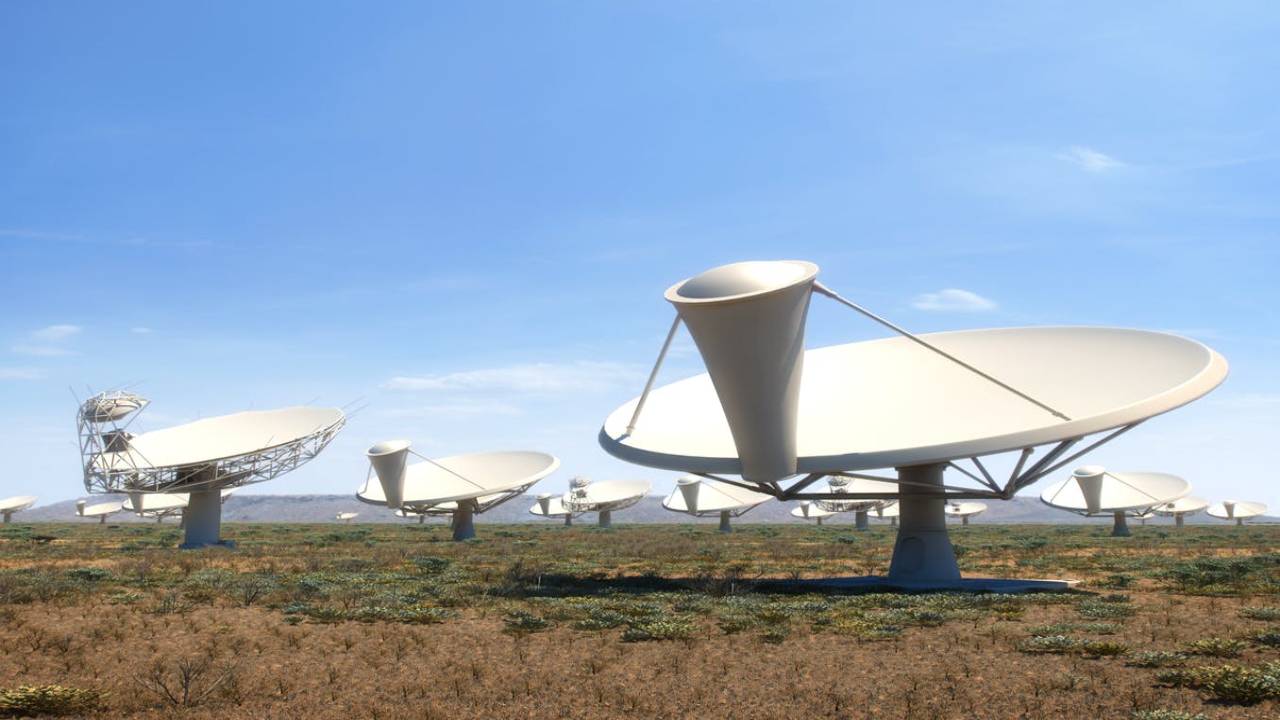One of the greatest scientific projects of the 21st Century is on the runway as the construction of the largest and most complex radio telescope network in the world ‘Square Kilometre Array Observatory’ officially began. This moment is widely being considered as a “historic moment for radio astronomy”.
What is Square Kilometre Array?
This telescope could help answer the astronomers and the world the most fundamental questions about life. For Example: How did the first stars come to shine in the Universe? What exactly is “dark energy” – the mysterious form of energy that appears to be driving the cosmos apart at an accelerating rate? And even the most basic question of all – are we alone?
“We’re entering an era when giant telescope will work together in the coming decades to try to understand the mysteries of the Universe,” said SKAO council chair, Dr Catherine Cesarsky.
SKAO on 4th February 2021 was given the go-ahead at its first council meeting at its headquarters at Jodrell Bank, Cheshire in the UK.
Square Kilometre Array Observatory (SKAO) sensitivity & built
SKAO radio receivers will be installed on two different continents and will almost take a decade to construct.
The First Radio receiver will be installed in the Karoo in South Africa’s Northern Cape. Here, 197 parabolic radio antennae—better known as “dishes”—will be built, each 50 feet/15 meters in diameter. The South African Radio Astronomy Observatory (SARAO) has already built 64 of them.
Meanwhile, deep in the Western Australian outback at Murchison, a staggering 131,072 6.5 feet/2 meters tall low-frequency aperture array telescopes will be built. This will be the second radio receiver.
The most special thing about SKAO will be its sensitivity, which will be a sight to behold as this telescope would be able to detect an airport radar on a planet tens of lights years away.
Dr Leah Morabito, member of the UK SKA science committee, from Durham University, commented: “This is an historic step in the process of getting the SKA up and running, and especially after such a year of global uncertainty it is inspiring to shift our attention to the exciting future of the SKA.”
“This is one of the mega-science facilities of the 21st century,” said Prof. Philip Diamond, appointed first Director-General of SKAO. “It is the culmination of many years of work … this is about participating in one of the great scientific adventures of the coming decades.”


















